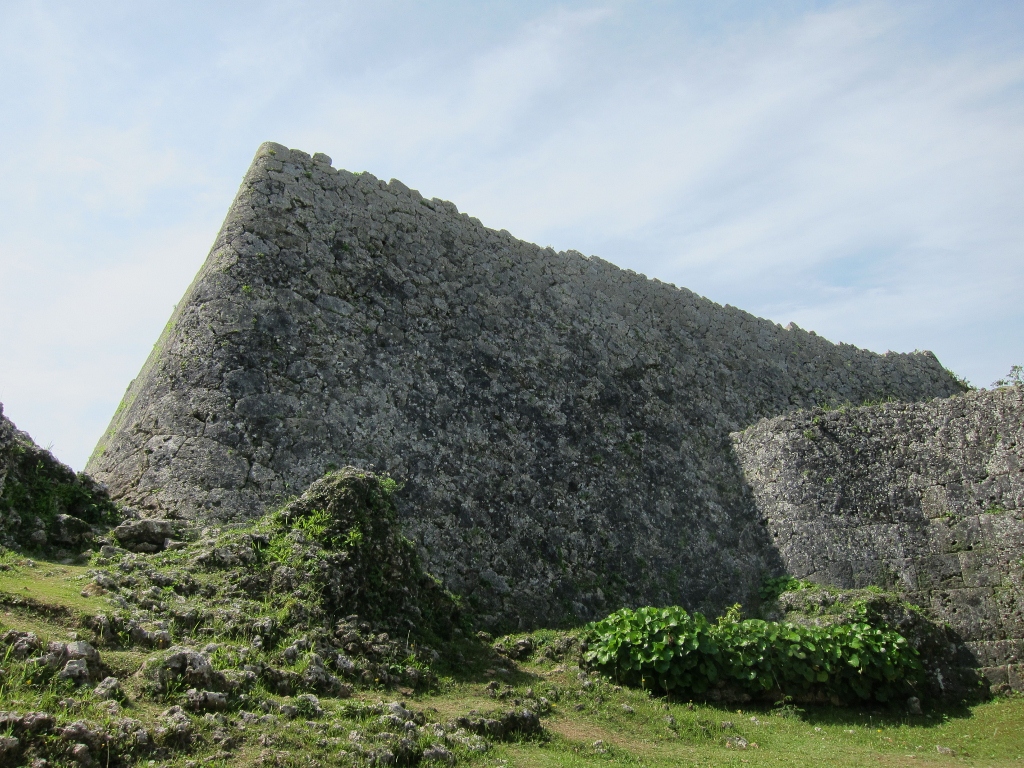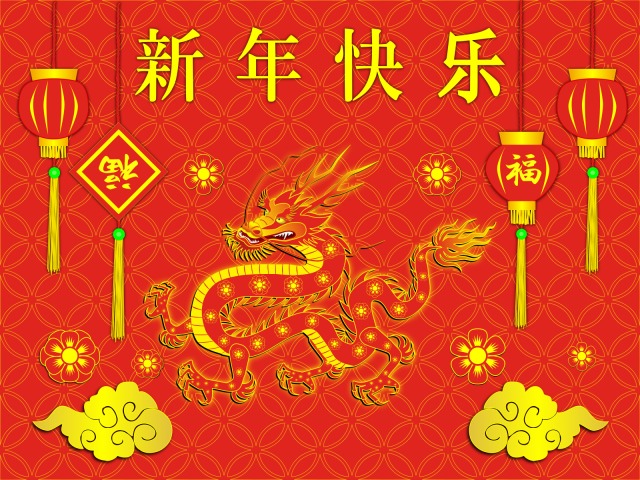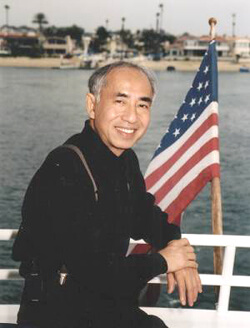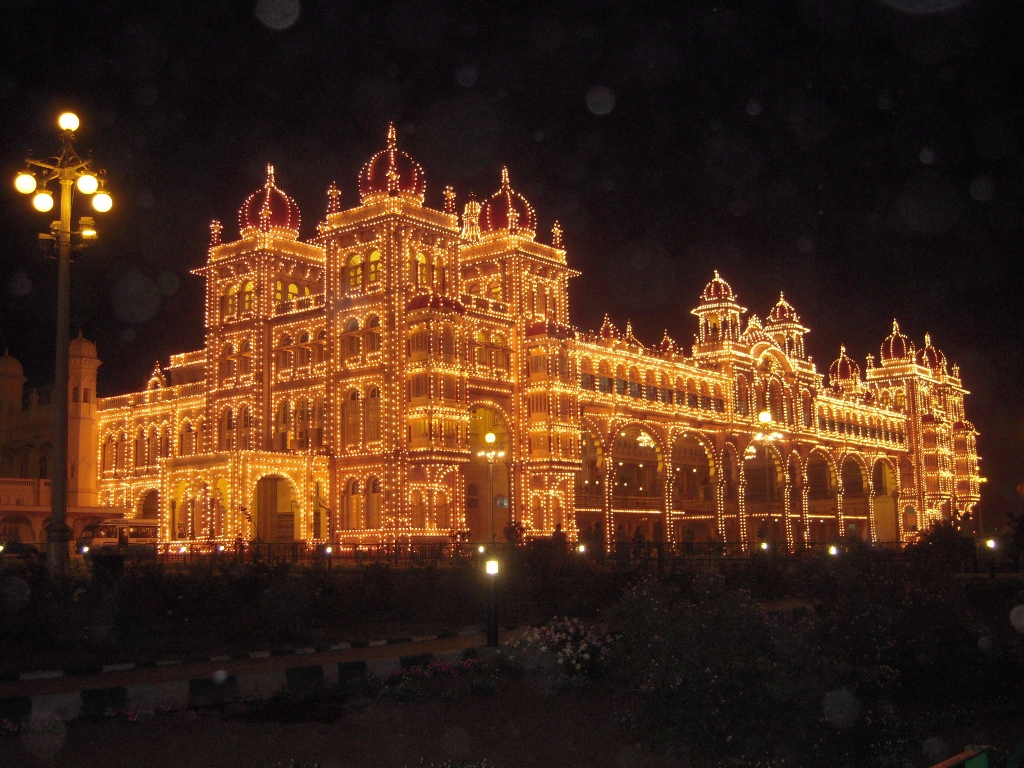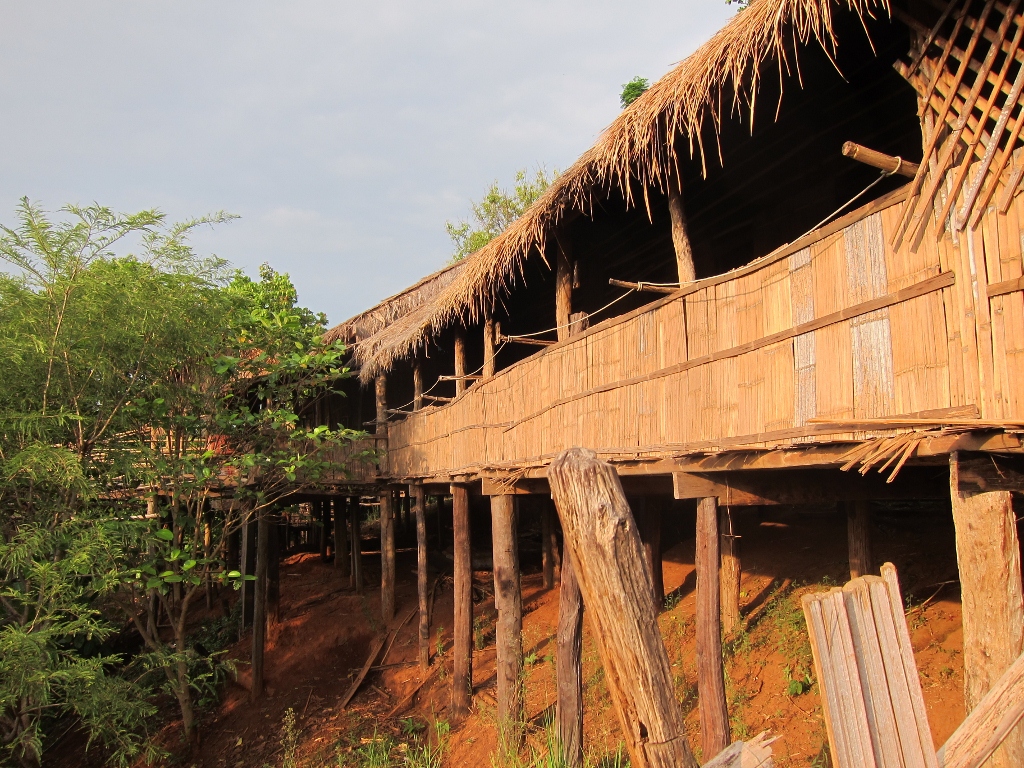In Japan, there are 16 world heritage sites including cultural and natural heritage sites. One of those is a group of ancient remains of the Kingdom of Ryukyu called gusuku.
Gusuku means castle. Since last year, my opportunity to visit Okinawa has increased so now, I have more places where I always visit and have more stores that I go to. Of the 9 world heritage sites registered as a gusuku, I visited 3 of those castle ruins during Japan’s consecutive holidays in May. Shuri Castle ruins is famous as it is the biggest in Okinawa, but this time, I went to Nakijin, Nakagusuku and Katsuren castle sites.
The Japanese Imperial Palace grounds are said to be the finest and best from a topographical standpoint, and when you measure the location of what used to be Edo Castle Honmaru Palace, you can see that Feng Shui was used. Dokan Ota, who constructed the Edo Castle, must have known traditional Chinese Feng Shui.
In Okinawa, there are some people that believe in Feng Shui, but I feel it is a bit different from traditional Chinese Feng Shui. I measured the locations of what used to be the main entrance, rear gate and main palace of the 3 gusukus, however, each was different and I could not find a consistent rule that was applied. What was the same for all was the advanced stone masonry technique. I was astonished to see this technique used to build the castle’s curved stonewalls.
Looking at the stacked stones reminded me of Peru’s (Cusco) Saksaywaman remain’s fortress where the stonewall does not allow ‘even one razor blade to pass through’. Saksaywaman’s giant stones are almost square shaped but the Nakagusuku site utilizes the building method of piling polygon shaped stones so naturally differently shaped stones are balanced on top of each other. Here, you can see the wonderful castle walls that were chosen as a world heritage site.
Aside from these gusuku directionalities, they had the same geographical locational conditions.
A gusuku castle was always located on a hill, brilliantly leveraging the naturally forming cliffs and slopes as its fortress.
From ancient times, Ryuku was active in overseas trade so being close to the ocean and large roads follows the logic of geographical Feng Shui. Unfortunately, these castle ruins do not have buildings anymore, but through such gusukus, you can see that the Ryuku culture is different from that of mainland Japan’s.
If you have the opportunity to visit Okinawa, how about a tour of the gusukus?
